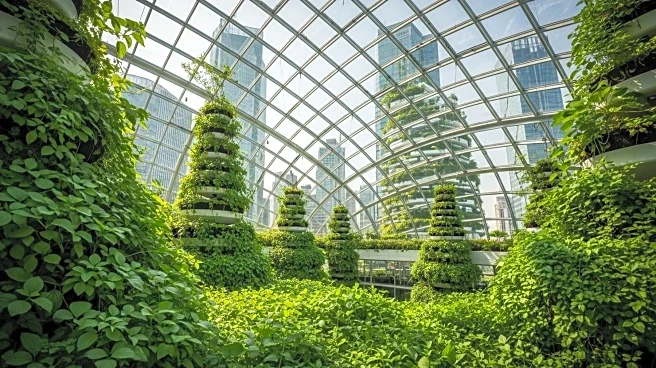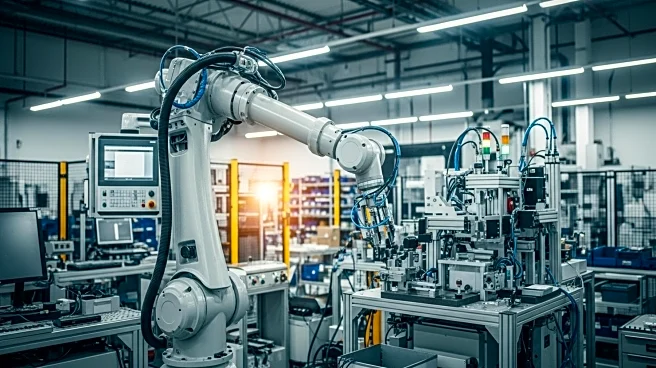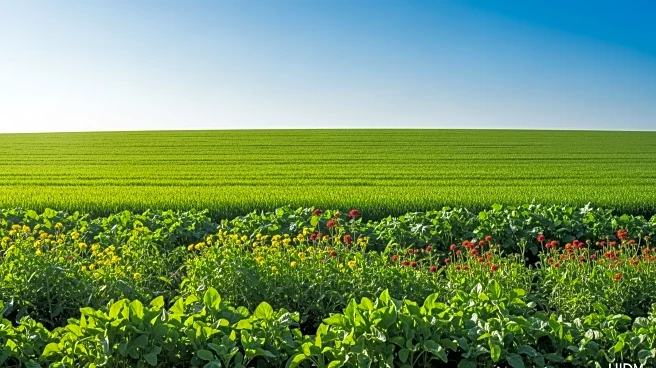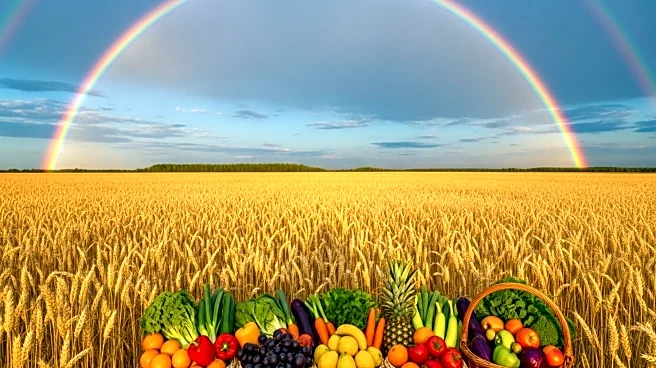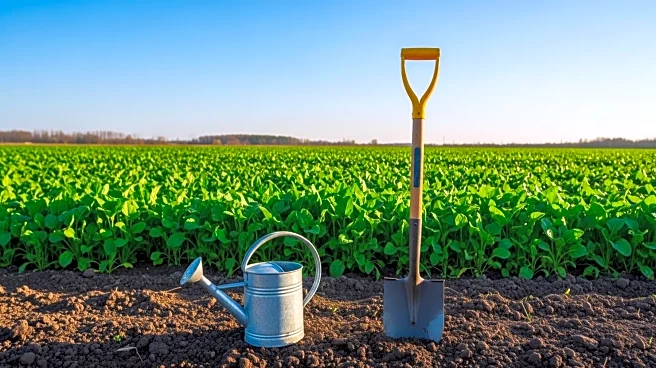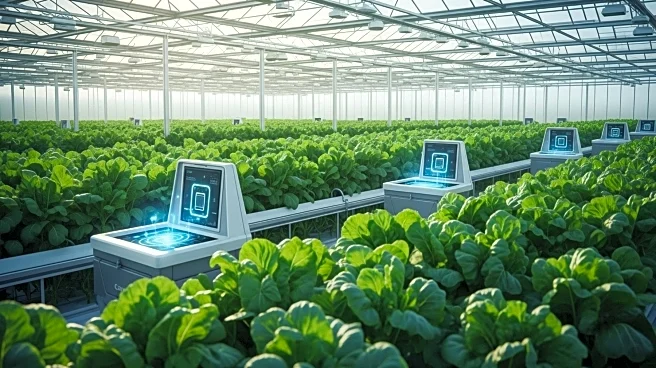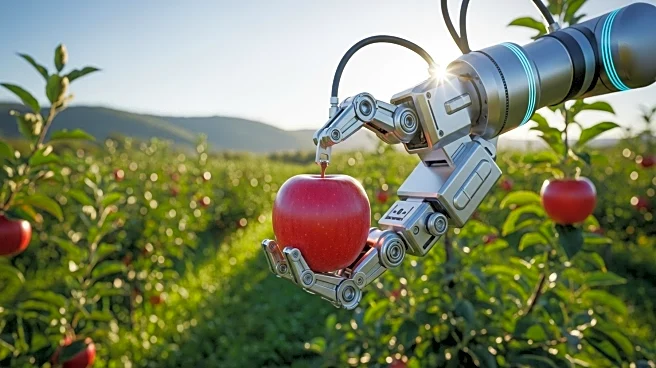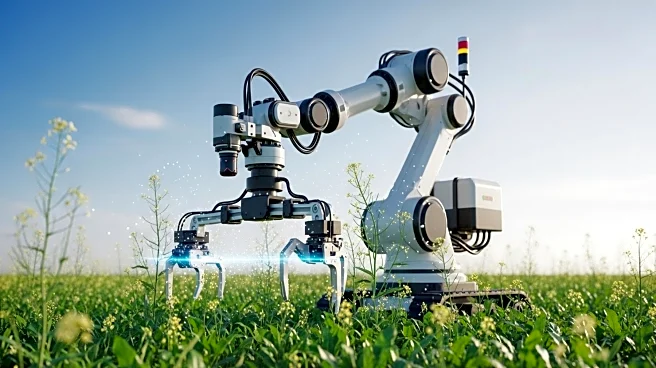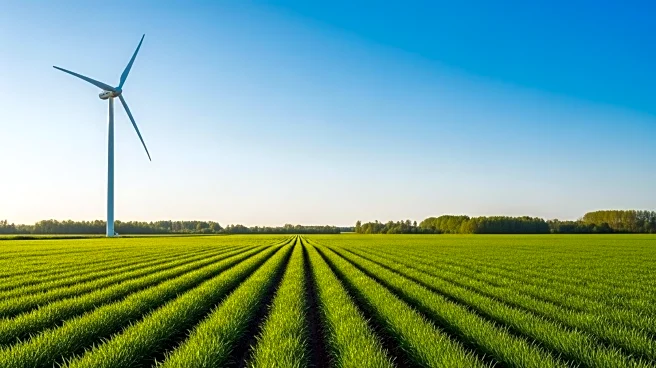What is the story about?
What's Happening?
The urban farming market is currently valued at USD 172.6 billion and is projected to reach over USD 311.24 billion by 2032, growing at a CAGR of 7.6%. This growth is driven by increasing demand for local, sustainable, and pesticide-free food. Urban farming encompasses various methods, including vertical farming and hydroponics, which maximize space and yield while minimizing water usage. North America leads the industry, supported by technological innovation and eco-conscious consumers. Urban farming is seen as a solution to reduce food miles, carbon emissions, and reliance on traditional farmland.
Why It's Important?
Urban farming represents a shift towards sustainable food production, addressing issues like food security and environmental impact. By reducing dependence on traditional agriculture, urban farming can enhance resilience and food equity in cities. The growth of this market is significant for urban development, potentially influencing policies and investments in green infrastructure. It also offers economic opportunities through new business models and partnerships with retailers and restaurants.
What's Next?
The urban farming market is expected to continue expanding, with technological integration driving growth. Cities may increasingly adopt policies supporting urban agriculture, integrating it into food infrastructure. Developers and corporations might incorporate vertical farms into residential and commercial spaces, enhancing energy efficiency and profitability. The competitive landscape will likely evolve, with agritech startups and established companies vying for market share.
Beyond the Headlines
Urban farming is part of a broader sustainability agenda, contributing to smart-city initiatives and climate resilience. It offers social benefits, such as community engagement and improved air quality, which can attract public and private funding. The model is shifting from small-scale experiments to integrated ecosystems capable of feeding city districts sustainably.
AI Generated Content
Do you find this article useful?
